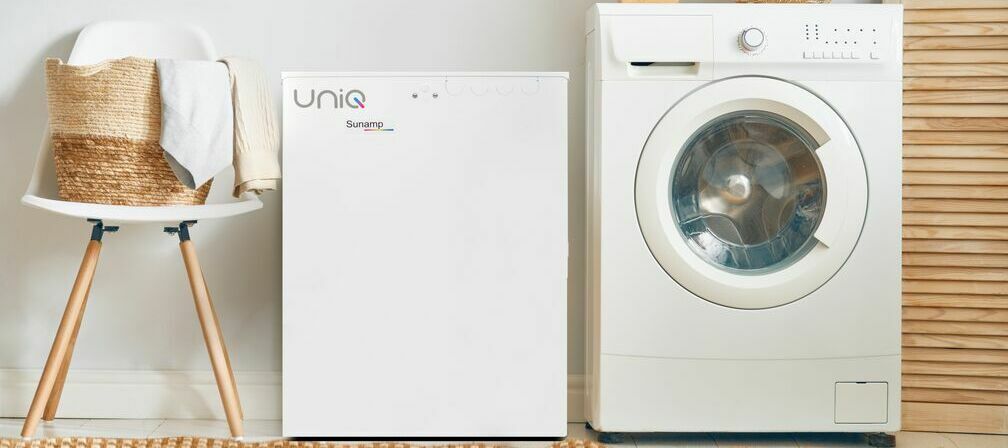Updated on 22/01/25 by Chris_OVO
Storage batteries for your home - which is best?
Our content team helped us outline different types of domestic storage. Here’s our summary:
Lithium-ion batteries
Most home batteries in use right now are powered by Lithium-ion, the same substance that’s been used to make many commercial batteries.
- Pros: They’re lighter and more compact than other electrochemical batteries, and will also last longer.
- Cons: As mentioned above, Lithium-ion is expensive, and it’s also a finite resource – so it’s not the most environmentally-friendly option.
Lead-acid batteries
These work similarly to Lithium-ion batteries, but there are a couple of key differences.
- Pros: These are a slightly cheaper option than Lithium-ion.
- Cons: They have a shorter lifespan than Lithium-ion batteries, while being less environmentally-friendly than heat and saltwater batteries.
Saltwater batteries
The new kid on the block of home battery tech, saltwater batteries don’t use any heavy metals. Instead, they rely on – you guessed it – saltwater, and its natural electrolytes.
- Pros: These are very green, and easily recycled (unlike Lithium-ion or lead-acid).
- Cons: As they’re so new to the market, saltwater batteries are still untested long-term.
Heat batteries or thermal stores
These are both ways of storing energy as heat. While thermal stores are more like your trusty old hot water tank, heat batteries are their cool younger sibling: they’re sleek, small, and hold on to heat for longer.
Sunamp UniQ heat batteries are perhaps the most compact example out there.
- Pros: These clever systems can take the place of a regular hot water tank – and in the case of heat batteries, they’ll take up less space, too! They’re super-environmentally-friendly, and won’t lose heat to their surroundings. Oh, and they’re cheaper than electricity batteries, too.
- Cons: These can get pretty hot to the touch, so you have to be careful. But, all things considered, they’re a great option for your home.
We’re a community of green tech adopters, and on top of that, OVO are involved in trials of low carbon, green tech, including some involving Lithium-ion batteries and heat batteries. We’re keen to hear from trialists with first hand experience of this tech!
If we start with Lithium-ion batteries,
Let me reach out to our Heat battery trialists are ask you the same question.
Share your knowledge, share your experience, and help us to debunk some myths!












